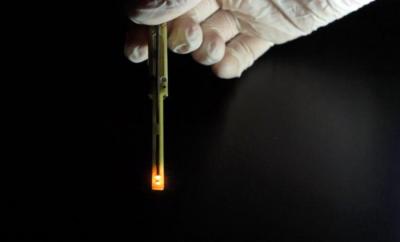CNRS researchers explain their new Spintronics measurement technique
Researchers from France's CNRS developed a new method (based on AFM microscopy and lasers) that can measure and image the spin of very thin films at the nanoscale. Here's a nice video detailing the new development, while also giving an introduction to Spintronics:
